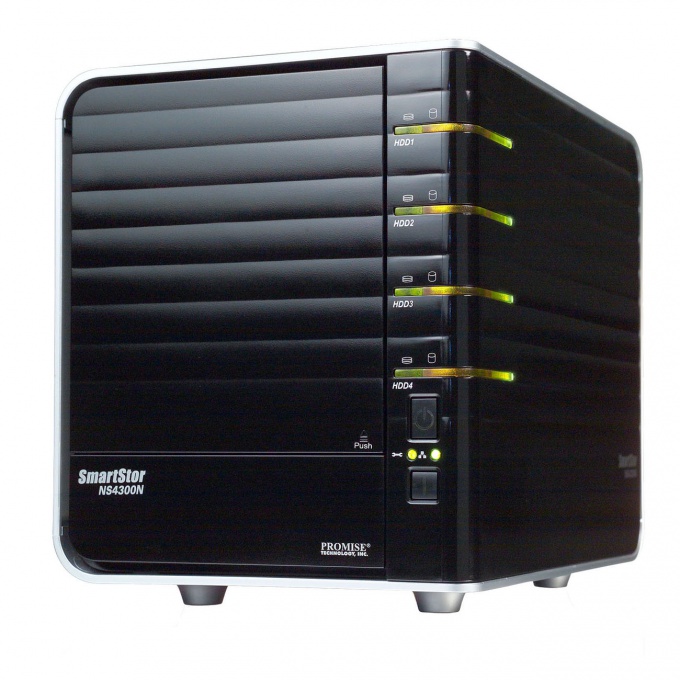You will need
- hard drives;
- - RAID controller.
Instruction
1
There are three main types of RAID-arrays. Select the one that suits you the most. Mention a very important caveat: to create different types of RAID arrays requires a different number of hard drives.
2
If your goal is to increase the performance of the operating system, create a RAID 0 (Stripping). Please note the following caveat: to significantly improve the performance of your computer you need to connect the hard drives to different IDE ports, and not use RAID controllers.
3
If the main purpose of RAID is to save data in case of failure of one of disks, create a RAID 1 (Mirroring). In this case, one group of hard drives will be a mirror of the other. I.e. all data is recorded in each group. In this case, you can use RAID controllers, because the system performance is the creation of such array is practically not affected.
4
The most qualitative type of RAID array is RAID 10 (0+1). It combines the functions of both the above types. The disadvantage of this view is the fact that its creation requires at least four hard drives. If you have the required number of hard drives, create the RAID 10 array.
5
Connect hard drives to the RAID controllers or free IDE slots on the motherboard. Turn on the computer and press the Del key. After entering the BIOS, navigate to Boot Device. In the Device Settings choose from the options the type of drive RAID.
6
Save the changes. Then restart the computer. When download start PC a message appears, indicating the button, clicking which will open the settings menu of the RAID array. Press the desired key.
7
Select the RAID array. Specify the purpose of each hard drive in the array. Save the settings and restart the computer.

